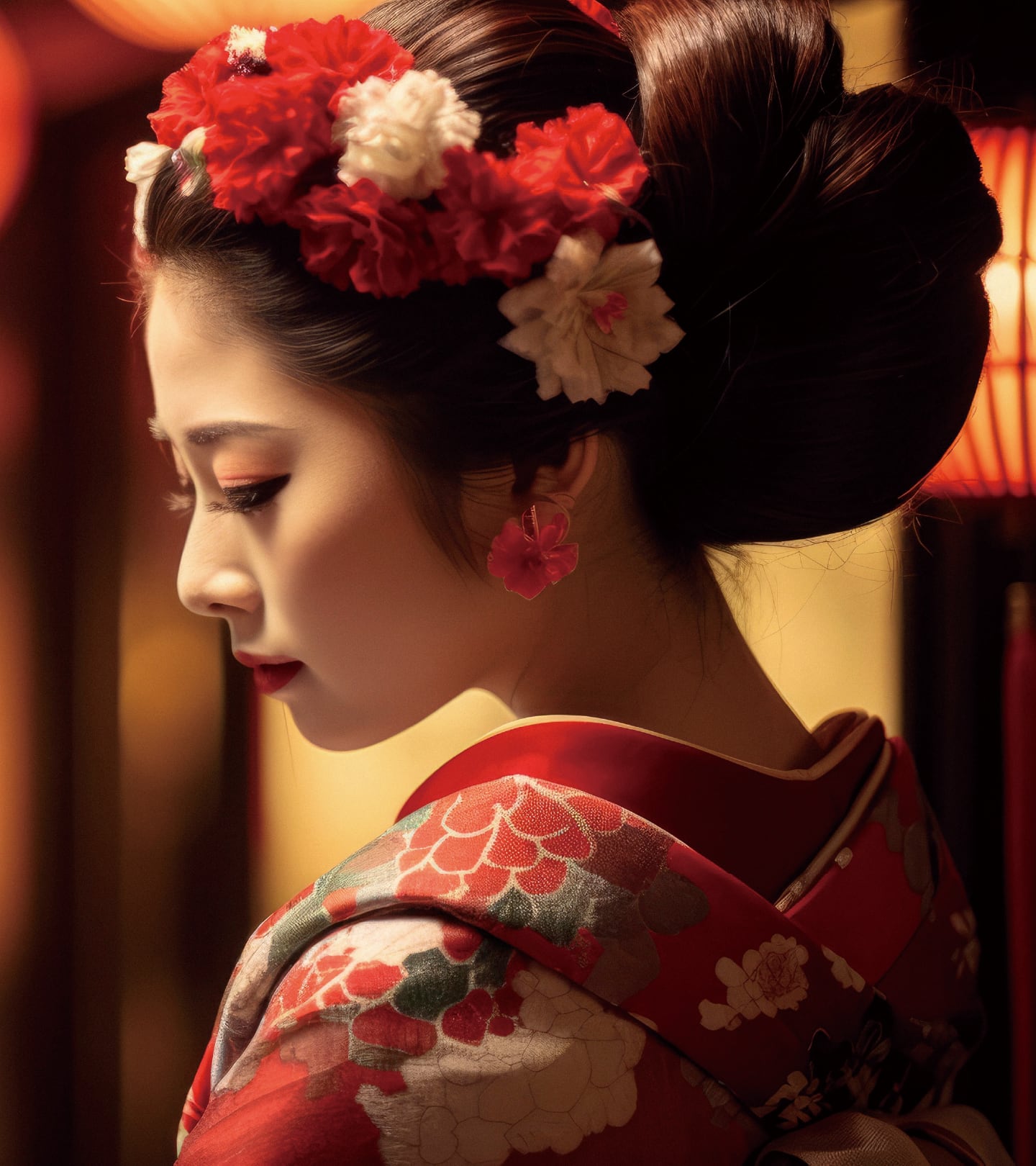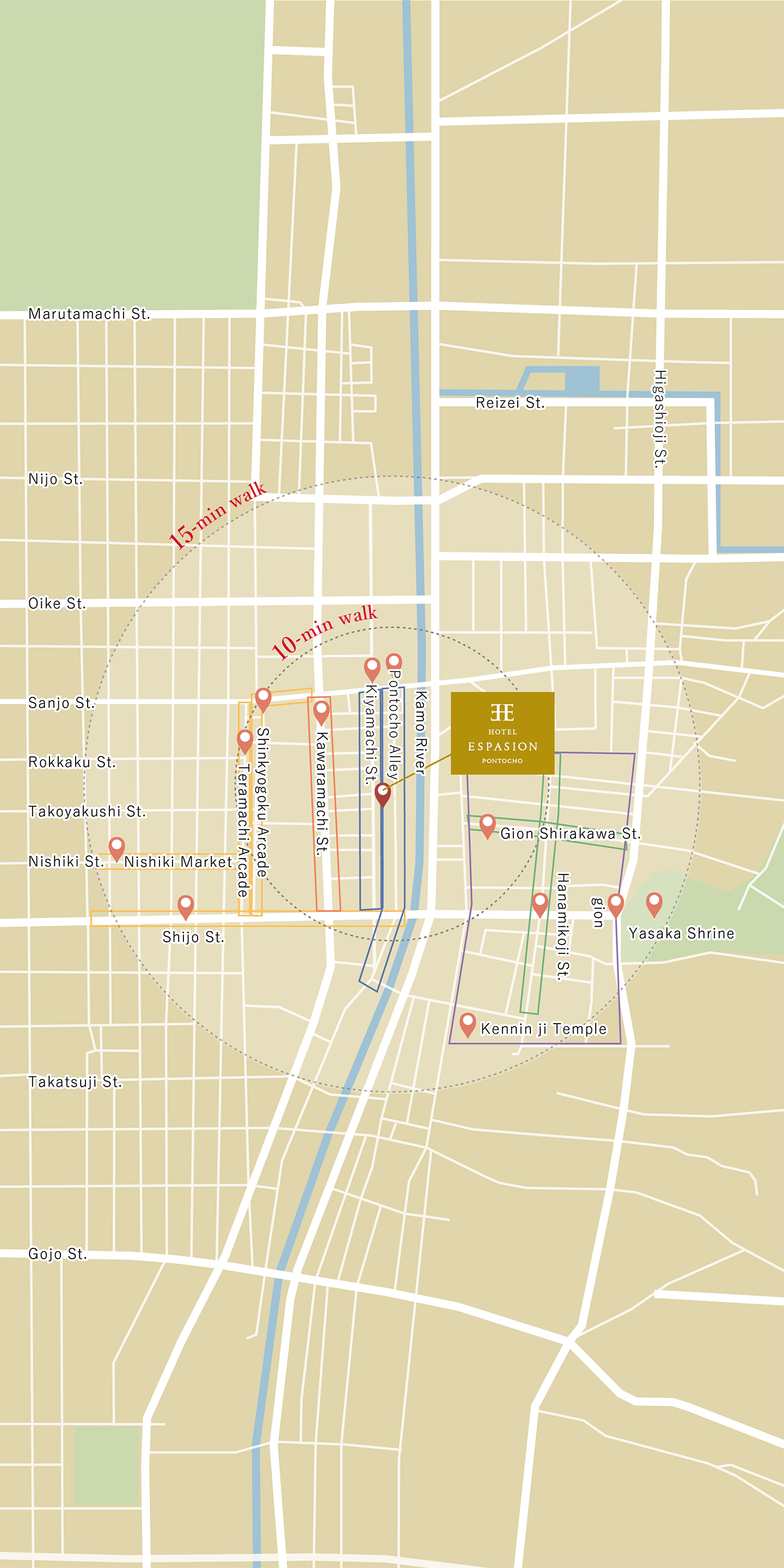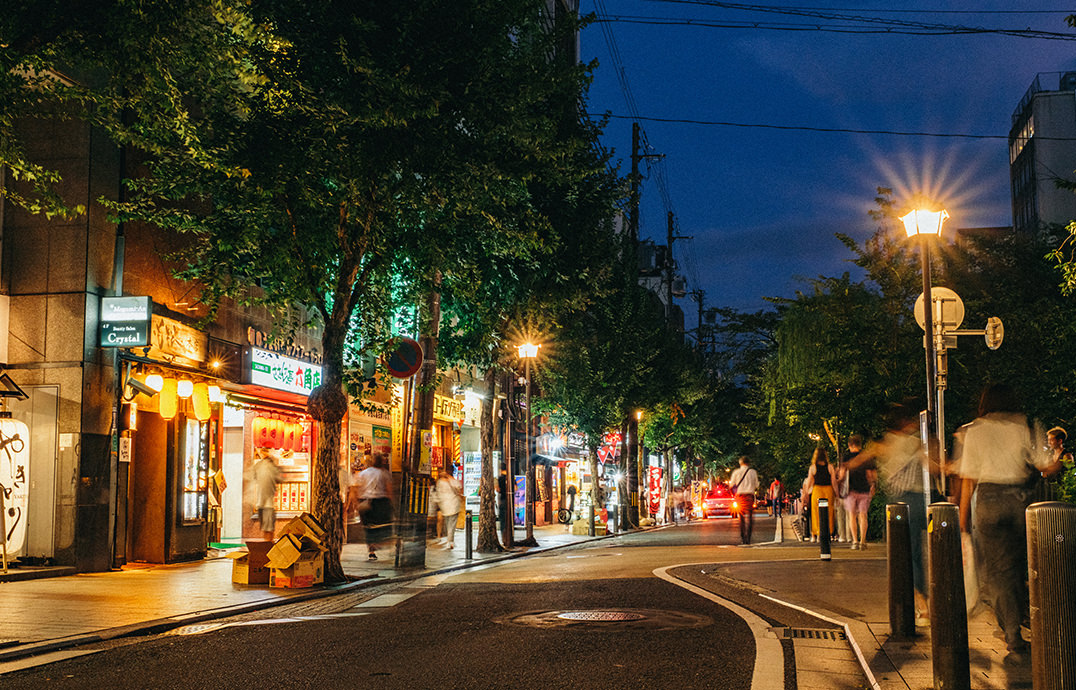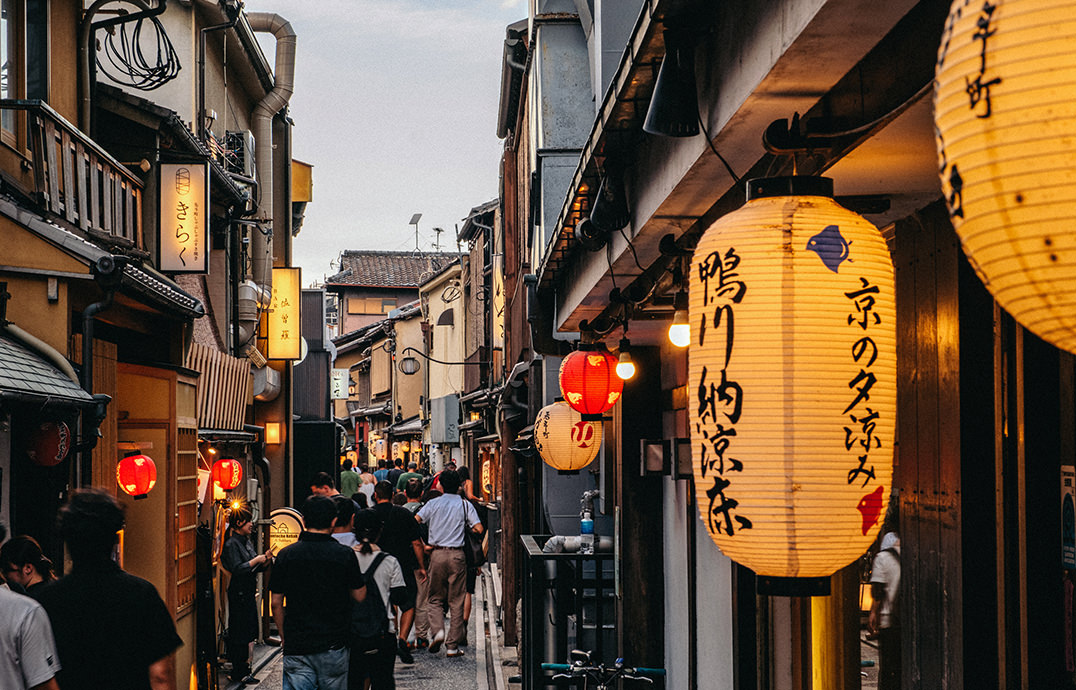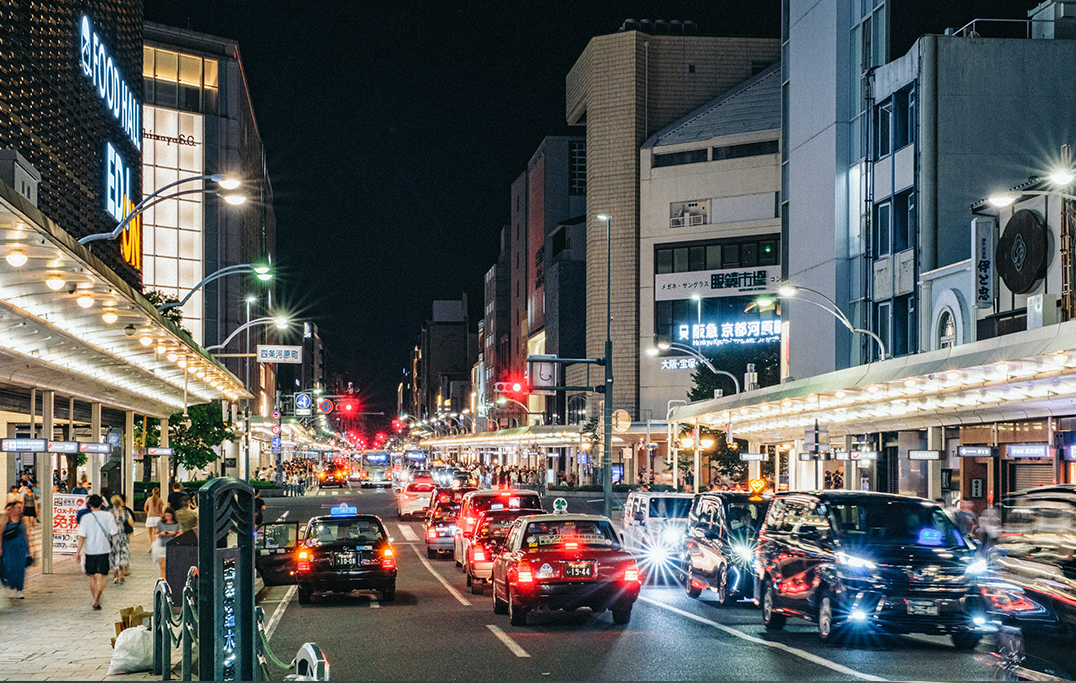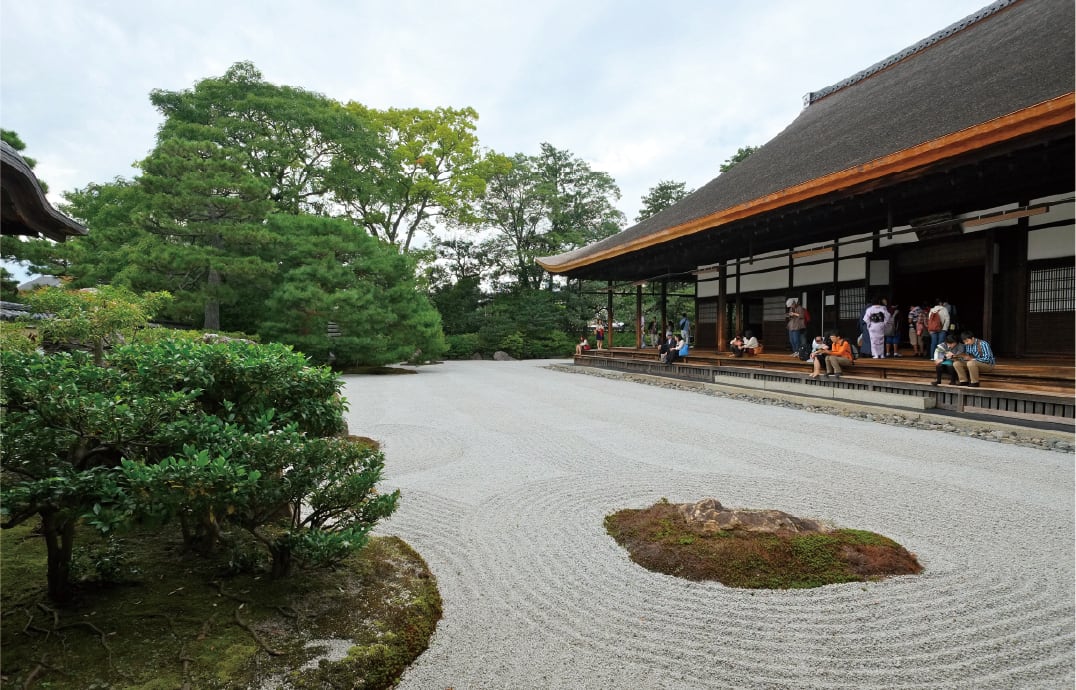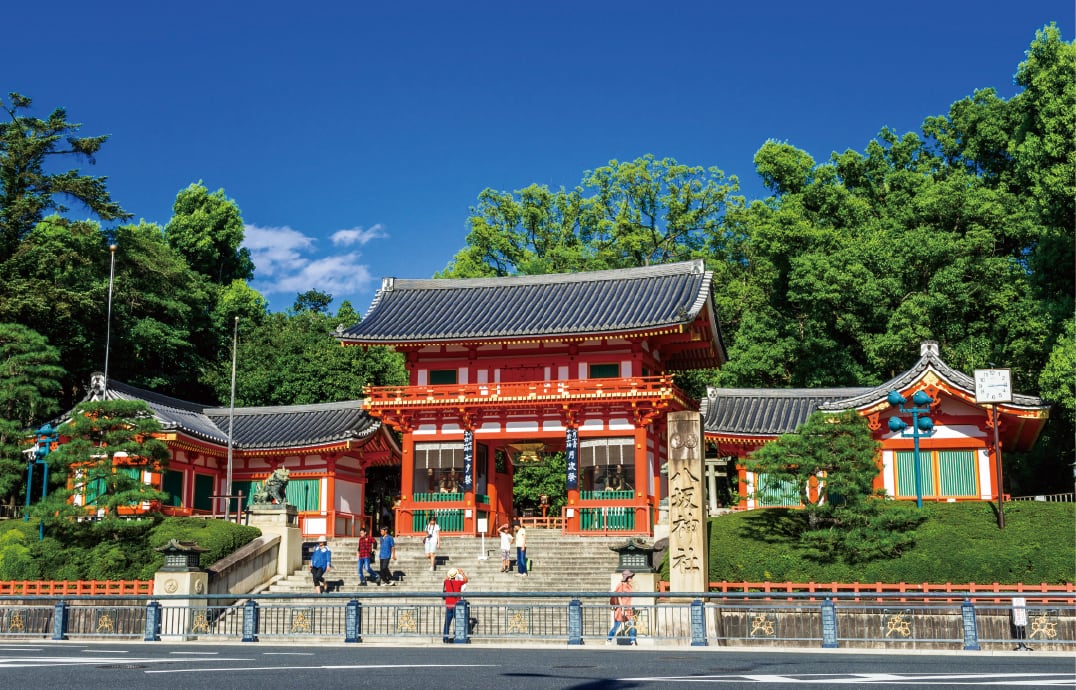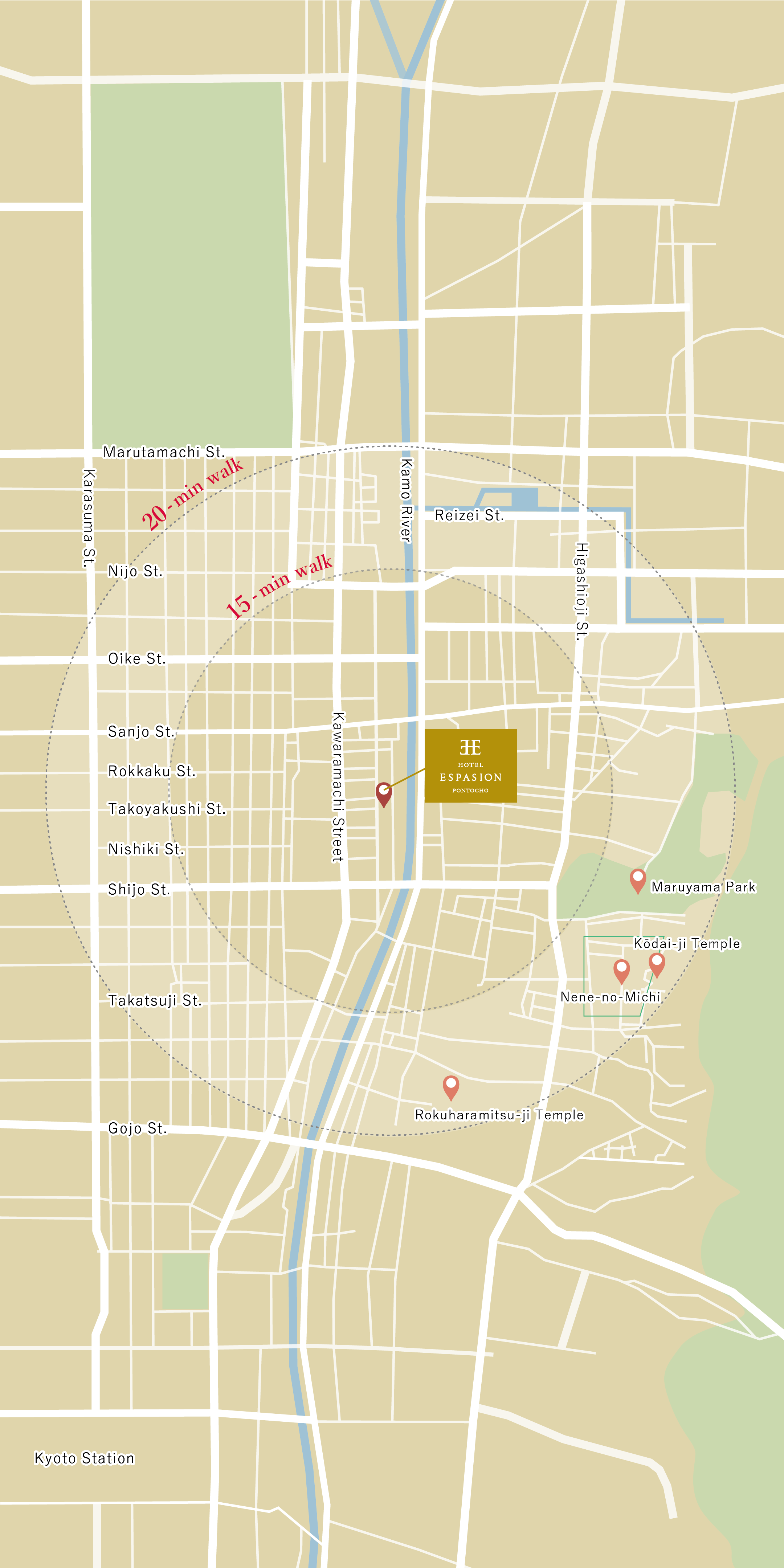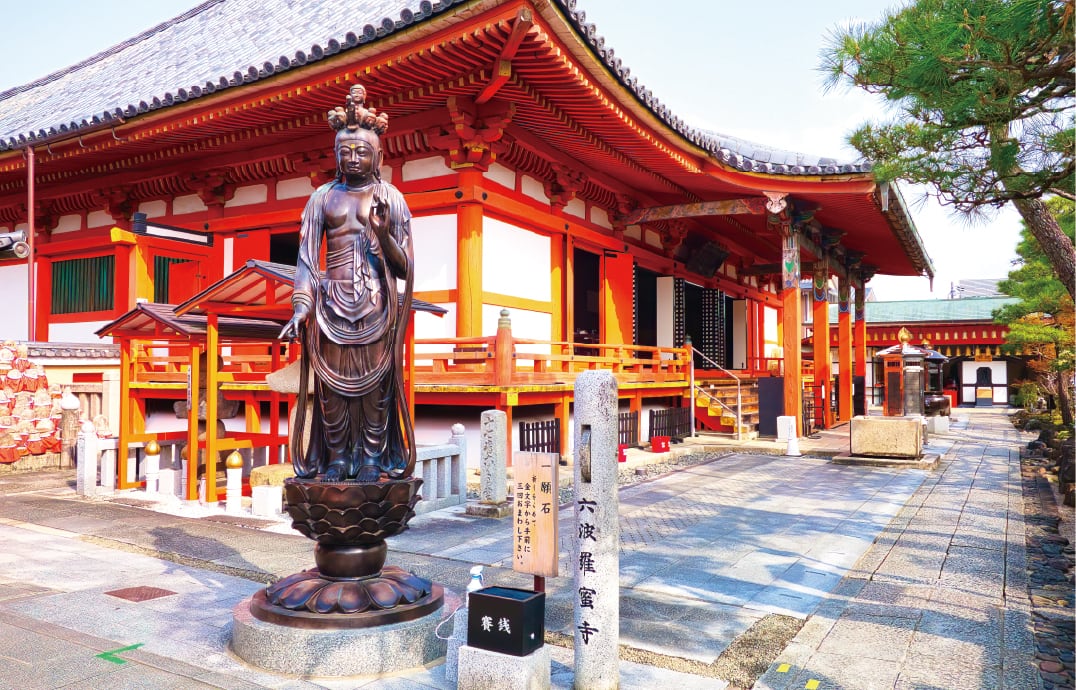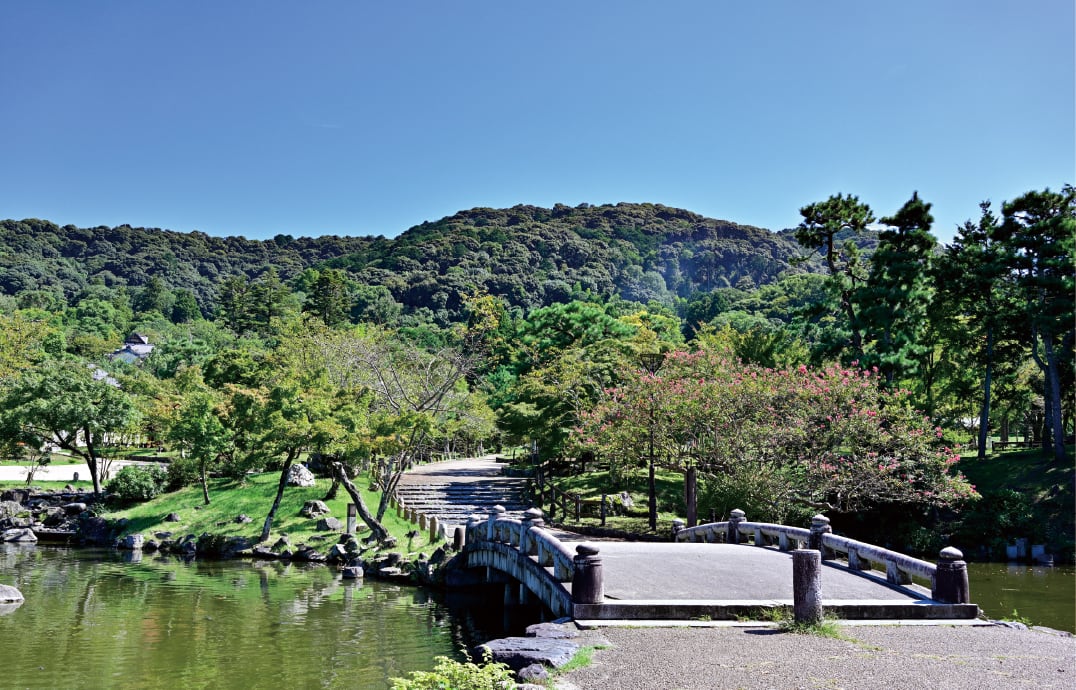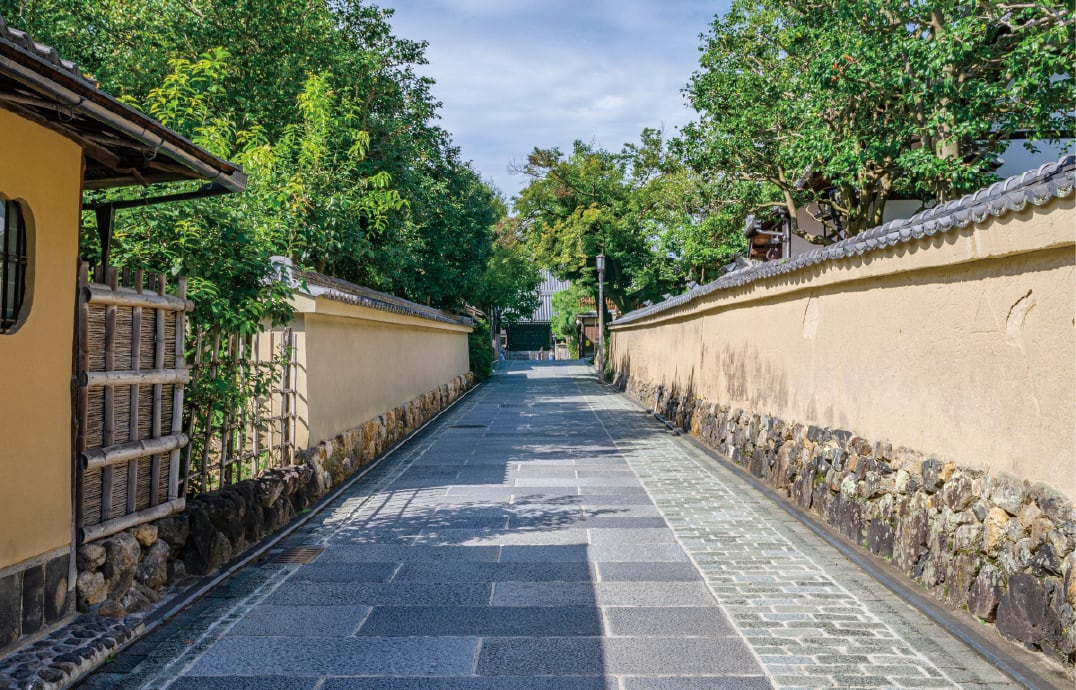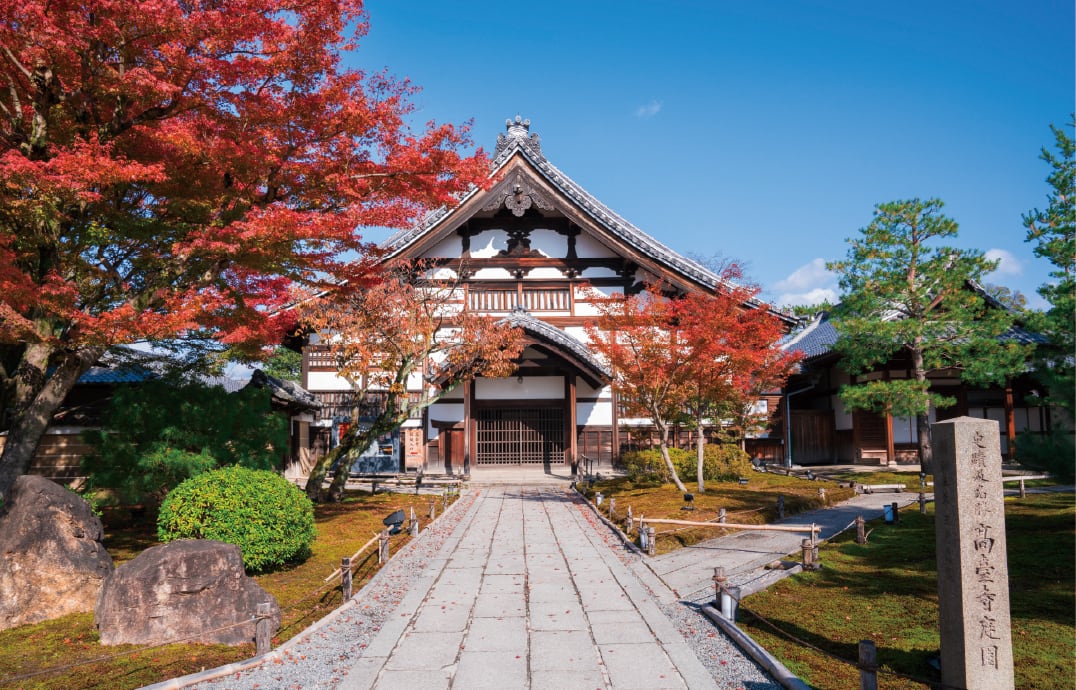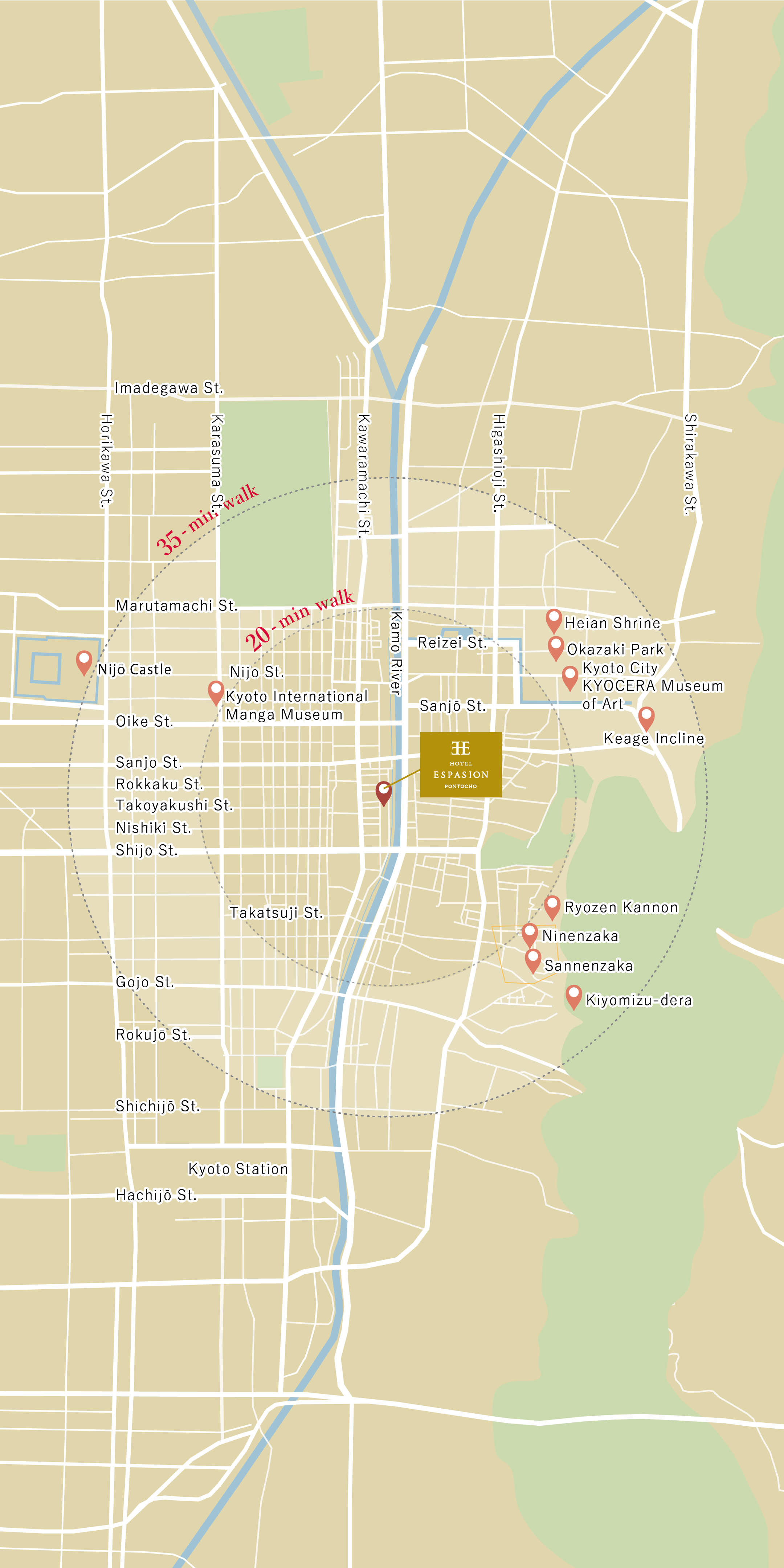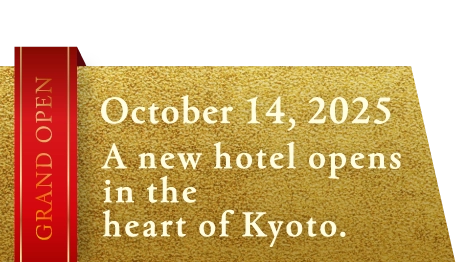Ryozen Kannon
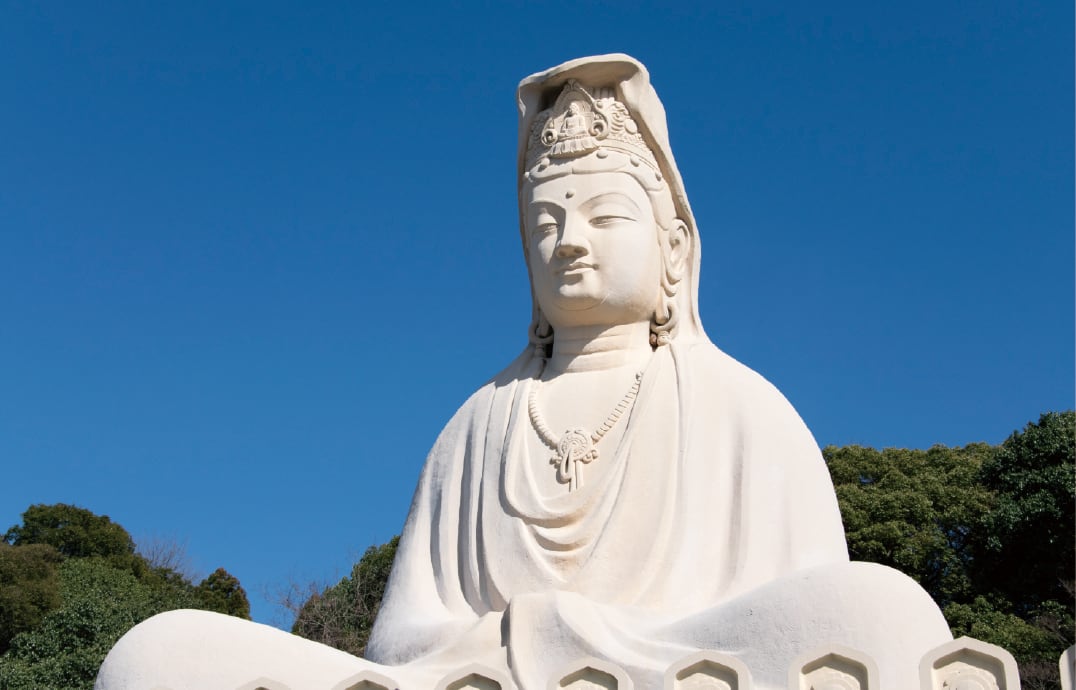
A quiet sanctuary in Kyoto to find peace of mind
Located in Kyoto’s Higashiyama district, Ryozen Kannon features a striking 24-meter-tall statue of Kannon,
the
Goddess
of Mercy. Erected in 1955 to honor the fallen of World War II and pray for world peace, the statue stands in a
tranquil
setting that invites contemplation and serenity. From the temple grounds, visitors can enjoy panoramic views
of
Kyoto,
especially beautiful throughout the changing seasons.
Beyond the statue, the surrounding nature adds to the peaceful charm. In spring and autumn, cherry blossoms
and
colorful
foliage create a soothing atmosphere. With nearby historical landmarks like Kiyomizu-dera and Kōdai-ji Temple,
Ryozen
Kannon offers a perfect place to reflect quietly and reconnect with oneself.
Ninenzaka (Ninen-zaka)
- Shopping
- Culture
- Strolling
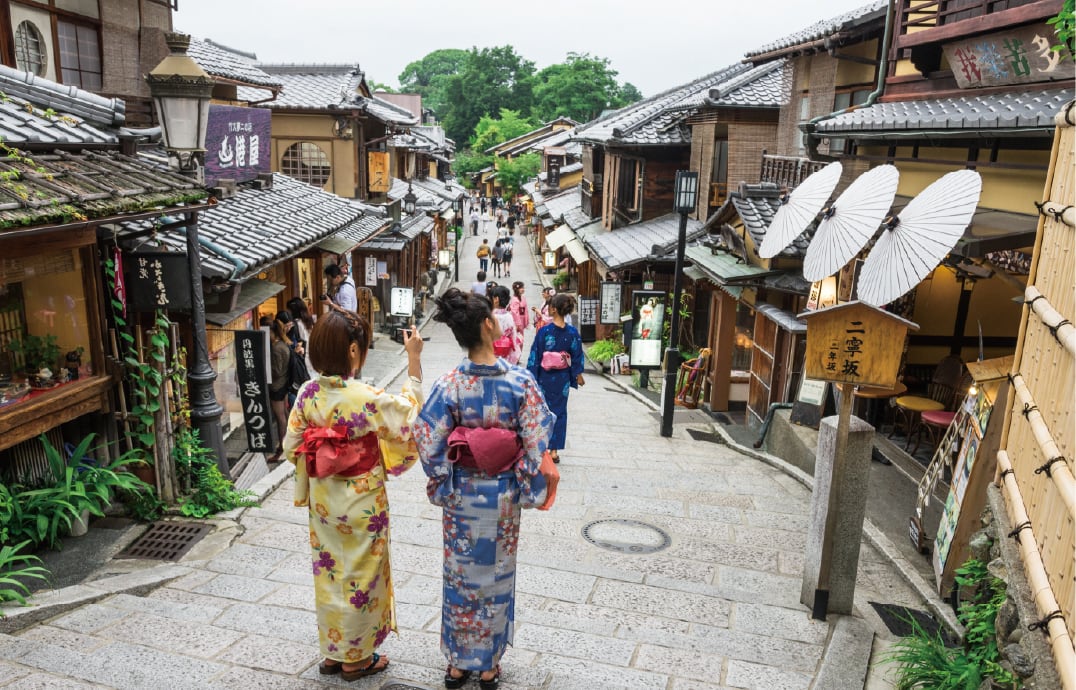
A slope where time slows down and your heart unwinds
Ninenzaka, a charming stone-paved slope leading to Kiyomizu-dera Temple, is lined with traditional
machiya-style
buildings featuring tiled roofs and latticed windows. Preserved since the Edo period and partly renovated
during
the
Taisho era, this area, along with nearby Sannenzaka, is designated as an Important Preservation District for
Groups
of
Traditional Buildings.
Shops selling Kiyomizu ware, traditional crafts, and sweets line the slope, making it colorful in every
season
with
cherry blossoms in spring and autumn leaves. At dusk, the gentle lights create a peaceful atmosphere. Visit in
the
morning or early evening for a quiet, relaxed stroll.
Sannenzaka (Sannei-zaka)
- Shopping
- Culture
- Strolling
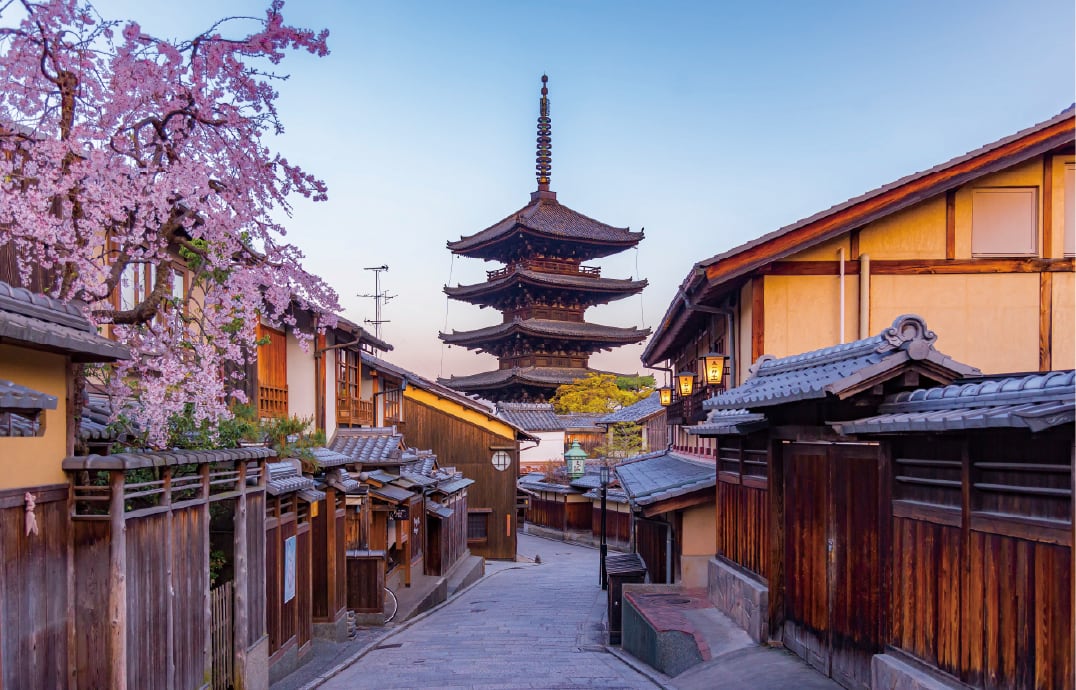
Step by step through Kyoto’s historic slope
Sannenzaka, also known as Sannei-zaka, is a gently sloping stone-paved path where you can fully enjoy Kyoto’s
charm
through all five senses. Connecting Kiyomizu-dera to Ninenzaka and eventually to landmarks like Hōkan-ji
Temple
(Yasaka
Pagoda) and Kōdai-ji, this route has long enchanted travelers. The name “Sannenzaka” is said to originate from
prayers
for safe childbirth.
The path is lined with traditional machiya townhouses from the Edo period, now protected as an Important
Preservation
District. Along the slope, you’ll find wagashi (Japanese sweets) shops and artisan stores. During spring and
autumn, the
area becomes even more picturesque. As evening falls, the ambiance becomes serene—perfect for a stroll wrapped
in
history and seasonal beauty.
Kiyomizu-dera
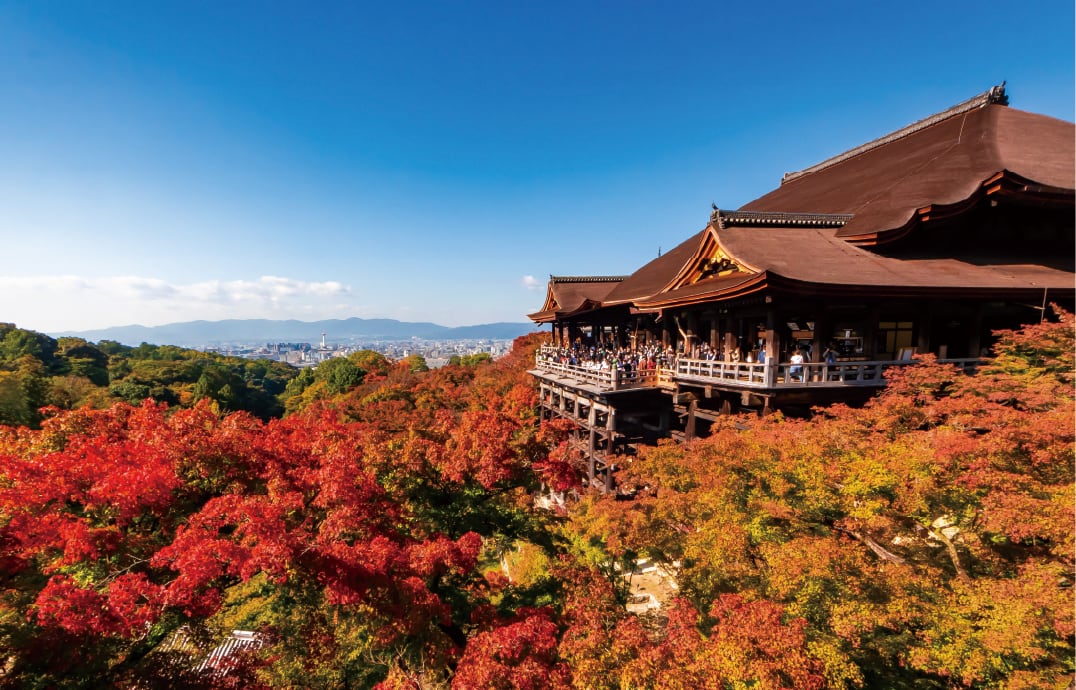
A breathtaking stage woven with serenity and history
The panoramic view from the wooden stage of Kiyomizu-dera captivates visitors throughout the seasons. Founded
in
778 at
the end of the Nara period by the monk Enchin, the temple has long been a major site of Kannon (Goddess of
Mercy)
worship.
Its magnificent temple complex, shaped over centuries, continues to attract worshippers. The beauty of spring
cherry
blossoms, lush greenery in summer, autumn foliage, and snowy winter scenes offers year-round charm. Especially
notable
is the stage rebuilt in 1633, supported by a traditional architectural method called “kakezukuri,” blending
harmoniously
with nature. Come and enjoy the serene landscape where history and nature intertwine.
Kyoto City KYOCERA Museum of Art
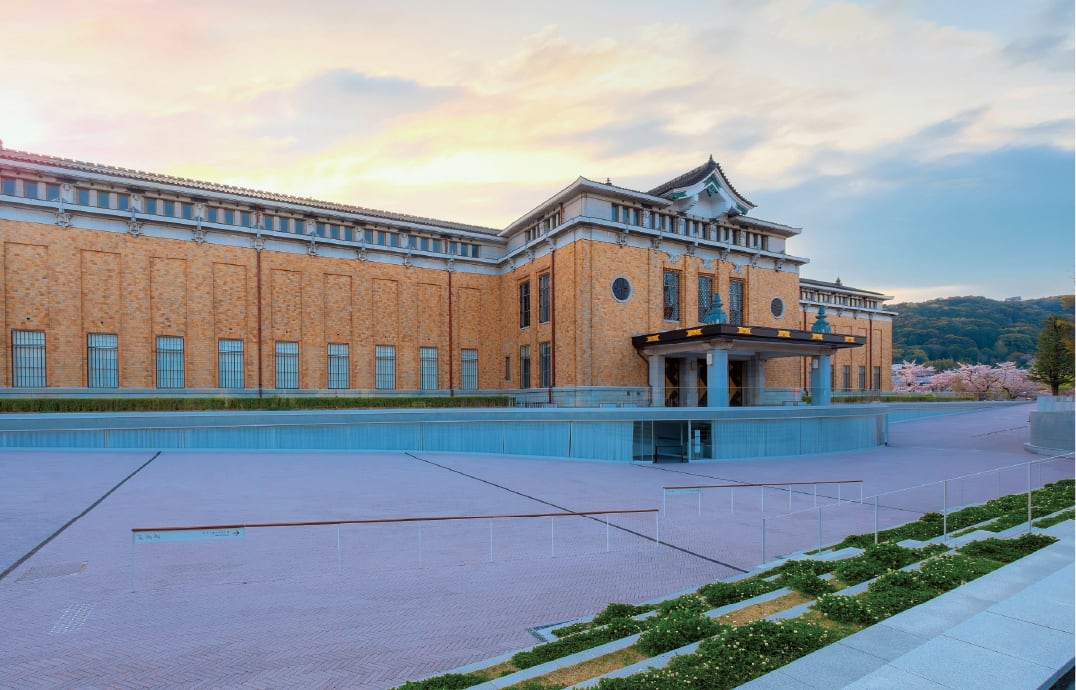
A sanctuary of timeless beauty and Kyoto’s finest art
Established in 1933, the Kyoto City KYOCERA Museum of Art is Japan’s oldest public art museum still in
existence.
In
2020, the museum underwent a large-scale renovation that introduced the “Higashiyama Cube,” revamped the
entrance,
and
utilized underground space, all while preserving its dignified Imperial Crown Style architecture—a charm in
itself.
Inside, visitors can enjoy diverse exhibitions ranging from Japanese-style paintings to Western art and
crafts,
including works by Kyoto-based artists. The museum’s prime location near Heian Shrine and the Biwako Canal
also
makes
for pleasant walks. Come experience the meeting of tradition and innovation in Kyoto’s rich world of art.
Okazaki Park
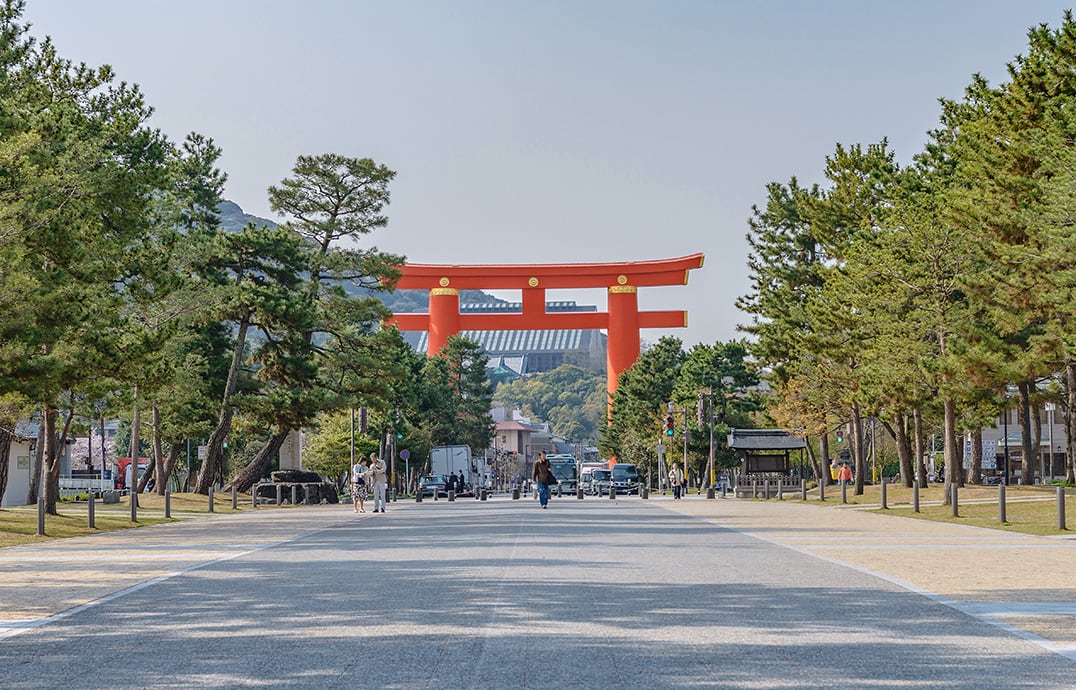
A Kyoto oasis where water and greenery harmonize
Okazaki Park is a historic cultural area where Kyoto’s culture and nature coexist beautifully. Centered
around
Heian
Shrine, which was established in 1895 to commemorate the 1100th anniversary of the capital’s relocation to
Heian-kyo,
the park offers picturesque scenery along the nearby Biwako Canal. In spring, cherry blossoms bloom along the
canal, and
in autumn, colorful foliage adds charm to the landscape.
The park and its surroundings feature various cultural attractions, including Kyoto City Zoo, The National
Museum
of
Modern Art, and Kyoto City Kyocera Museum of Art. You can also enjoy boat rides on the Biwako Canal with the
“Okazaki
Sakura Cruise.” Nearby, traditional cafes, wagashi (Japanese sweets) shops, and restaurants offer great places
to
relax.
Okazaki Park is perfect for both sightseeing and enjoying Kyoto’s everyday charm.
Heian Shrine
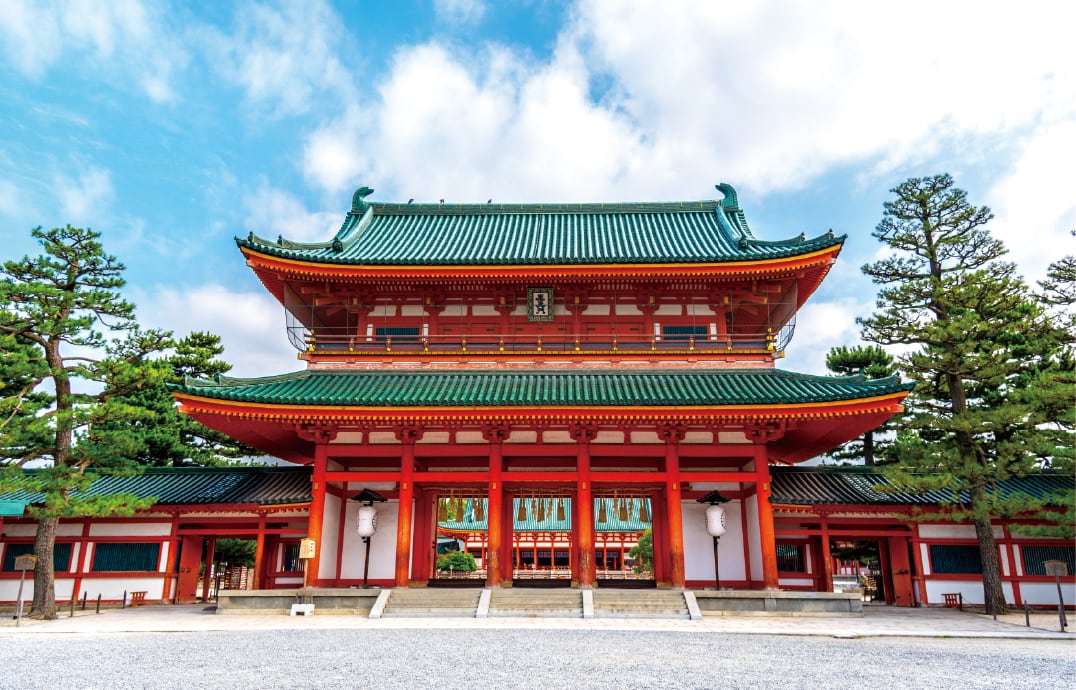
A sacred site where history and seasonal beauty reside in harmony
Heian Shrine, with its grand reproduction of the Chodo-in—the Imperial Audience Hall from early Heian-period
palace
architecture—stands as a symbol of Kyoto’s heritage. Built in 1895 to commemorate the 1100th anniversary of
Kyoto’s
establishment as the imperial capital, it was originally dedicated to Emperor Kanmu, the founder of Heian-kyo.
The vast grounds and nationally designated scenic garden offer seasonal beauty throughout the year. As you
stroll
through the gardens, the elegant Taiheikaku Bridge appears, its reflection shimmering in the pond below.
Nearby,
the
towering torii gate, one of the largest reinforced concrete torii in Japan, was erected in 1928 in honor of
Emperor
Showa’s enthronement. Whether in spring, summer, fall, or winter, Heian Shrine invites you to step back in
time and
experience the grace of the imperial court culture.
Keage Incline
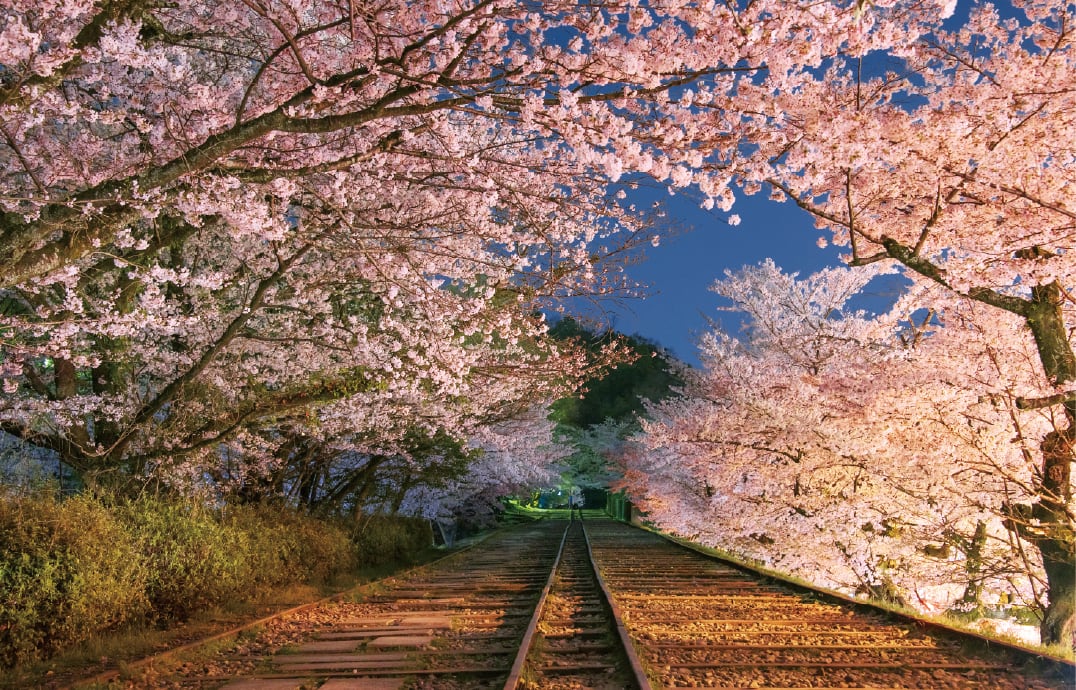
A timeless scene at the Keage Incline
Once the longest incline railway in Japan, the Keage Incline was completed in 1891 as part of the Lake Biwa
Canal
project. It supported water transport by hauling boats over steep terrain using wheeled platforms—an
impressive
feat of
engineering and ingenuity.
Though it ceased operation in 1948, the tracks and stone structures still vividly evoke its past. In spring,
the
cherry
blossoms along the tracks create a breathtaking tunnel of flowers, making it a popular spot for photography
and
leisurely strolls. This site, where history and the present intersect, invites you to reflect on the passage
of
time.
Kyoto International Manga Museum
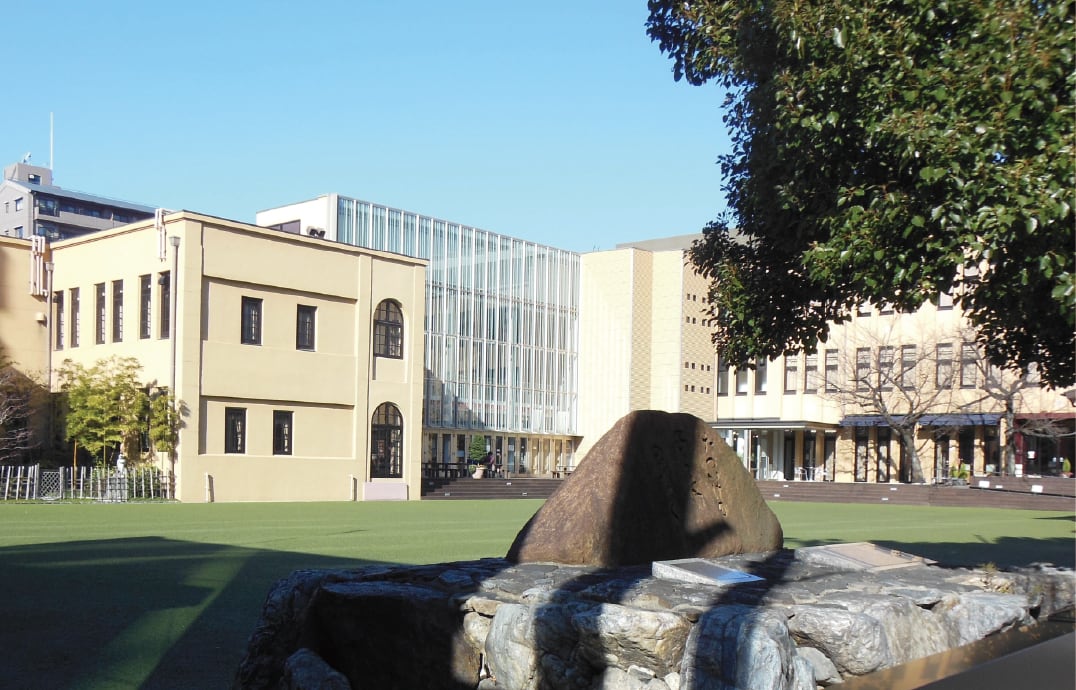
Experience the fusion of manga and culture in Kyoto
Housed in the former Tatsuike Elementary School, originally built in 1929, the Kyoto International Manga
Museum
holds
about 300,000 manga-related items from around the world. Inside, the famous “Wall of Manga” displays
approximately
50,000 volumes, which visitors are free to read—making it one of Japan’s largest manga-dedicated facilities.
In addition to its vast collection, the museum features exhibits on the history of Japanese manga as well as
manga
cultures from overseas. Special exhibitions and workshops are held regularly, allowing guests to not only read
manga but
also experience the joy of creating it. Loved across generations and borders, this museum is the perfect place
to
discover the depth and diversity of manga.
Nijō Castle
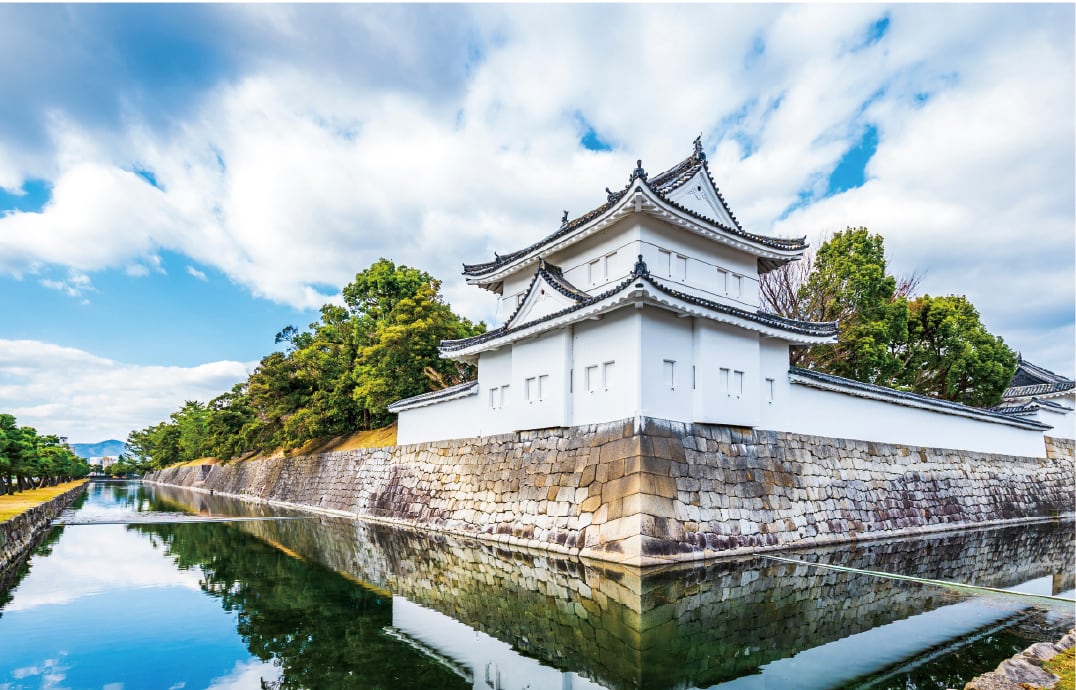
Witness to the history of the ancient capital
Commissioned by Tokugawa Ieyasu in 1601 and completed in 1603, Nijō Castle underwent extensive renovations
under
Tokugawa Iemitsu to take its present form. Originally built as lodging for the shogun when visiting Kyoto, the
castle
stands as a symbol of the Tokugawa shogunate’s authority. At the Ninomaru Palace, visitors can admire historic
chambers,
including the grand hall where the return of political power to the Emperor (Taisei Hōkan) was declared, and
stunning
wall paintings by the Kanō school.
The site also features three distinctive gardens—Ninomaru, Honmaru, and Seiryū-en—each offering seasonal
beauty.
During
special evening light-up events, the castle transforms into an ethereal spectacle. It’s the perfect spot to
relax
and
enjoy the harmony of history and nature.

